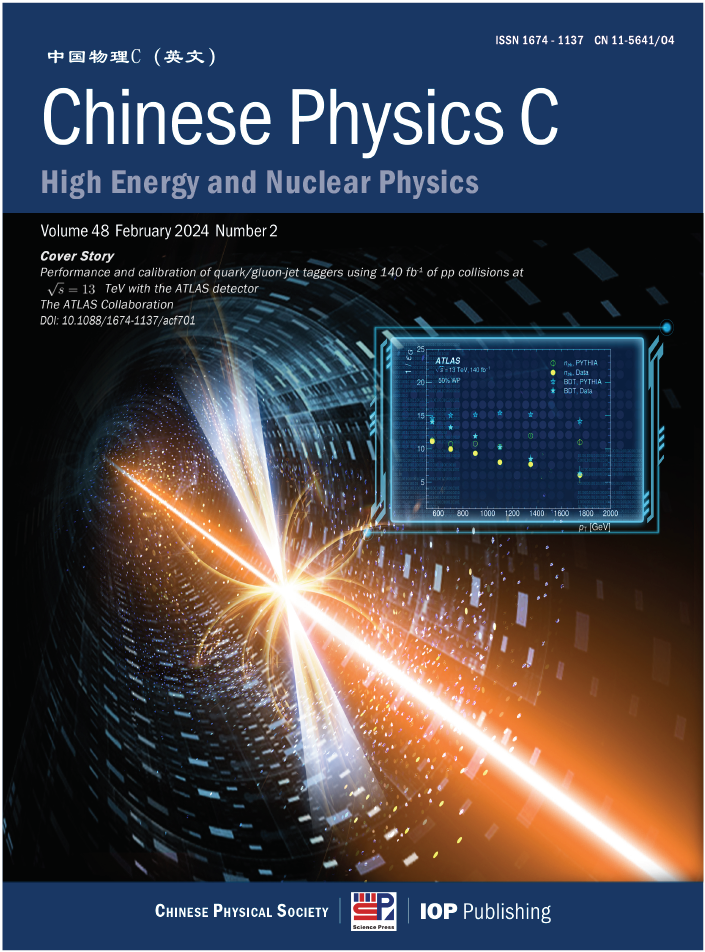Cover Story (Issue 2, 2024) | Quark/gluontaggers light the way to new physics
Author: Prof. Tao Han (University of Pittsburgh)
Quarks and gluons are elementary particles, according to Quantum-chromo Dynamics (QCD), to bound together toform the protons, neutrons and other hadrons. Due to the nature of the strongforce in QCD, quarks and gluons are not free particles, rather manifesting themselves in high energy collisions by a bunch of energetic hadrons,dubbed as“jets”. Thus, discriminating a quark from a gluon possesses a significant challenge because of the limited information and poor understanding of the hadronic jets. Yet, it is of fundamental importance to distinguish aquark froma gluon, not only because of the need to understand the QCD to adeeper level,but also the fact that quarks and gluons may lead to different characteristics coming from electroweak interactions and new physics beyond the Standard Model(SM) of the elementary particle physics. This has been known asone of the mostimportant, but challenging tasks at hadron colliders, such as the Large HadronCollider (LHC).
In a recent article [1] published by ATLAS collaboration at the LHC experiment, a very detailed study on the quark/gluontagging technique has been carriedout and concluded with very promisingseparation powers. Two quark/gluon tagger methods, charged-particlejet-constituent multiplicity tagger and BDT tagger combining several jetsubstructure observables, are carefully studied and thoroughly compared for abroad transverse momentum ranging from 500 GeV and 2 TeV and for multiple tagger working points. With a fixed quark-jet efficiency at 50%, both two quark/gluon taggers are demonstrated to reject more than 90% of the gluon jets.Even more importantly, it also makes solid calibration of taggers so that theycould be actually used in LHC-ATLAS data analysis. The current publication isan important step forward toward a better understanding of quarks and gluons inQCD and the jets orginated from the electroweak gaugebosons, as wellas seeking for signals from new physics beyond the SM.
References
[1] ATLAS Collaboration, Chin. Phys. C 48, 023001 (2024), arXiv:2308.00716[hep-ex]














